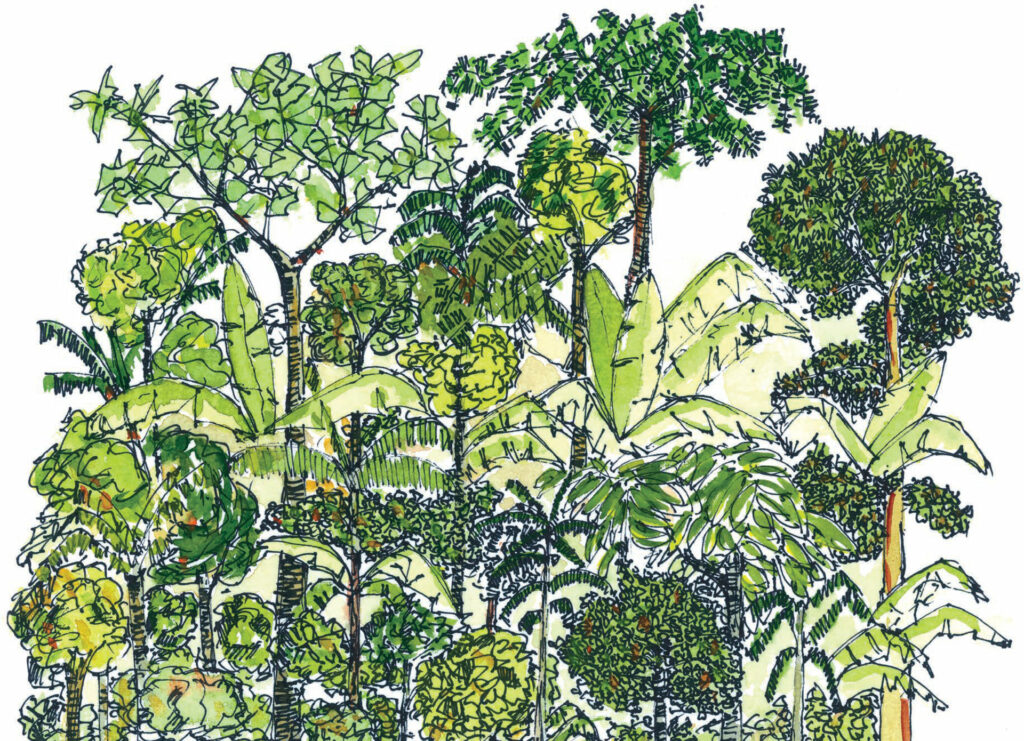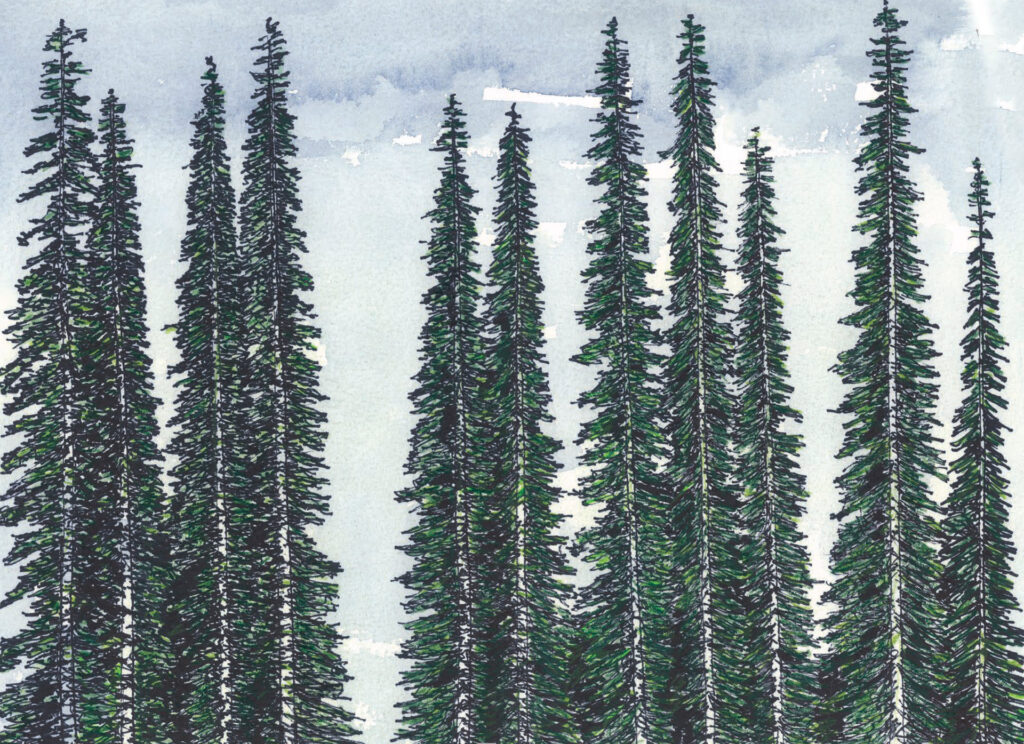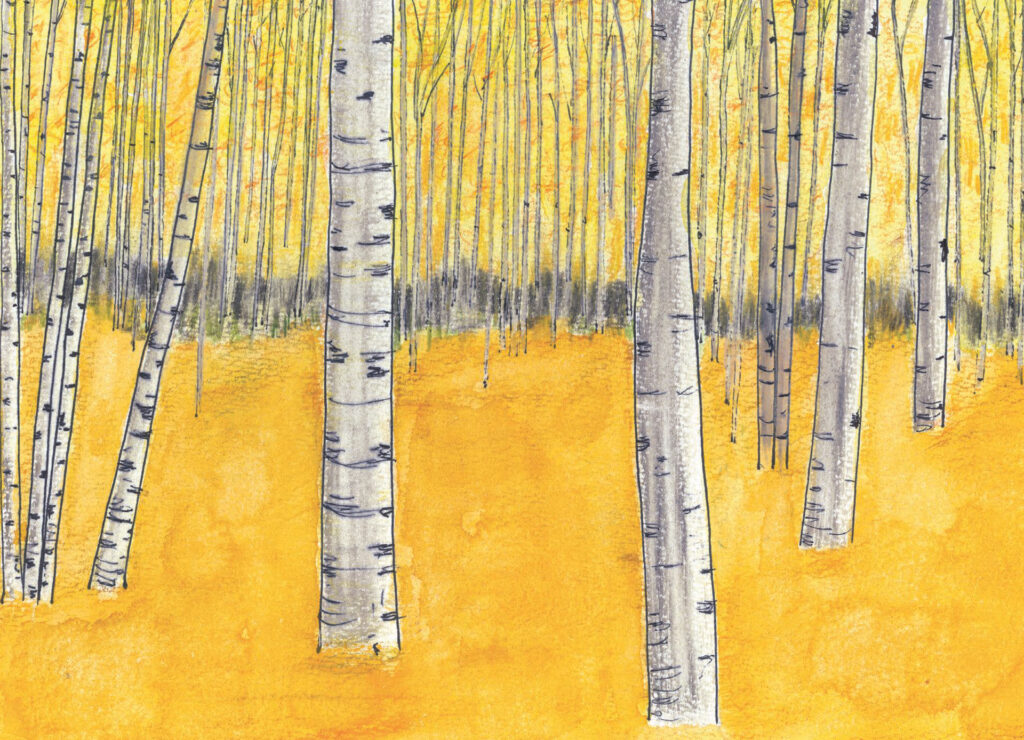
“Unlike the ideal cities depicted in Renaissance paintings, completely built and without the slightest presence of a single blade of grass, cities of the future will have to be completely covered by plants.”
In his last book, La Pianta del mondo (Editori Laterza), scientist Stefano Mancuso recalls how plants play a fundamental role in regulating climate and in the absorption of carbon dioxide, and how, while representing 85% of living organisms on planet earth, they have often been sidelined. And yet they constitute the nervous system on which the entire world in which we live is constructed, and many, so many stories begin precisely with one of them. Stories of ideals and freedom, of progress and science. But also of unparalleled notes.

The trees of music? They are red spruce.
A Stradivarius soundboard can be made only with red spruce. The famous Italian luthier built 14 violas and violins, starting with a single model. It seems that the perfect conduction of sound in this plant is due to the resiniferous micro-channels that run all along its trunk. There is more: a good tonewood requires trees with a diameter of at least sixty centimeters (between one hundred fifty and two hundred years old), and with the correct density, a characteristic obtained only through slow growth, under stabile climatic conditions at a certain altitude.
Not coincidentally, one of the secrets of great eighteenth-century violin making would seem to reside precisely in the especially slow growth of spruce trees, due to the so-called Little Ice Age, which occurred between the fifteenth and nineteenth centuries.

Music today has changed. There is the sound of the wind that, with rising temperatures, has struck down thousands of spruce trees. The 2018 storm in Trentino also damaged the forest from which wood for musical instruments has always been obtained. Not that spruce is the only wood used to build a violin. Mancuso enumerates sycamore maple, ebony, rosewood and boxwood. But he specifies: it is only from spruce that a divine sound can emerge. Anyone who has tried to play a Stradivarius knows this.

